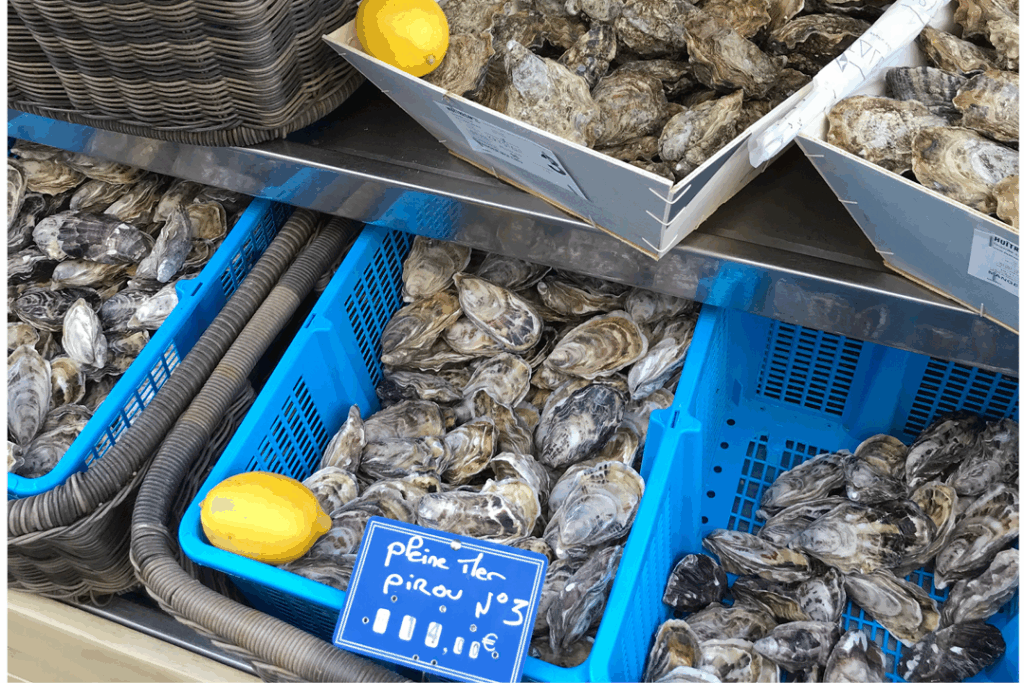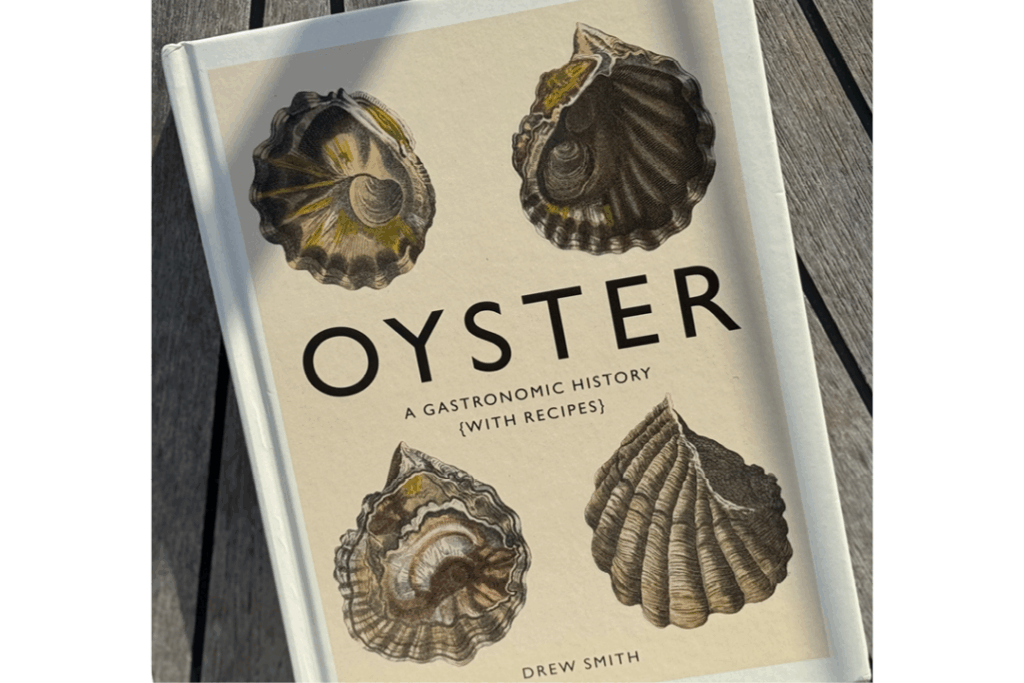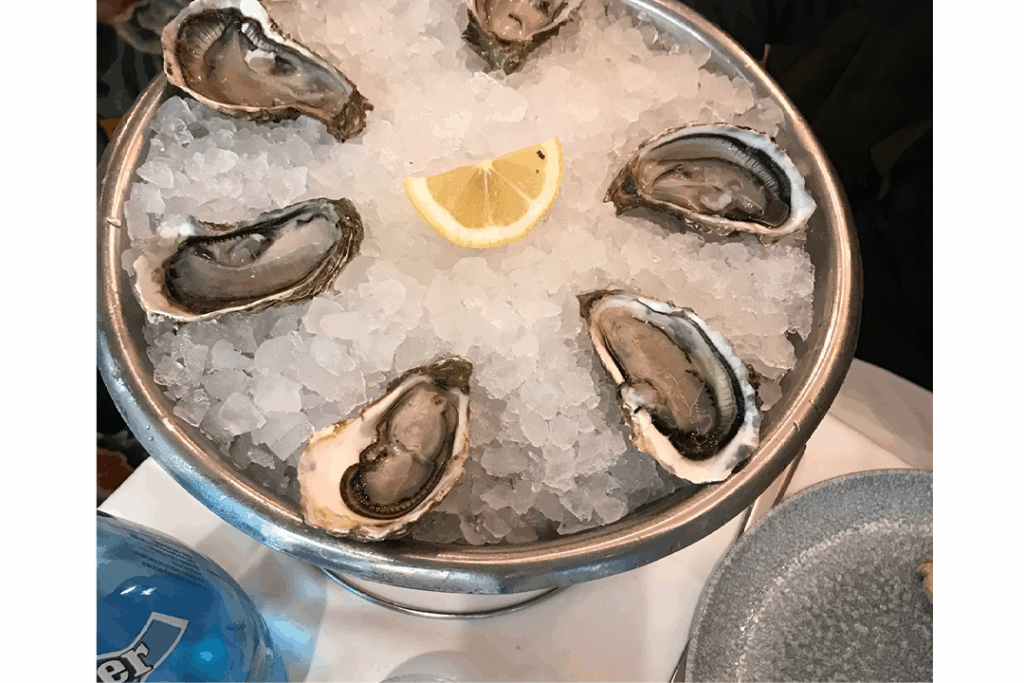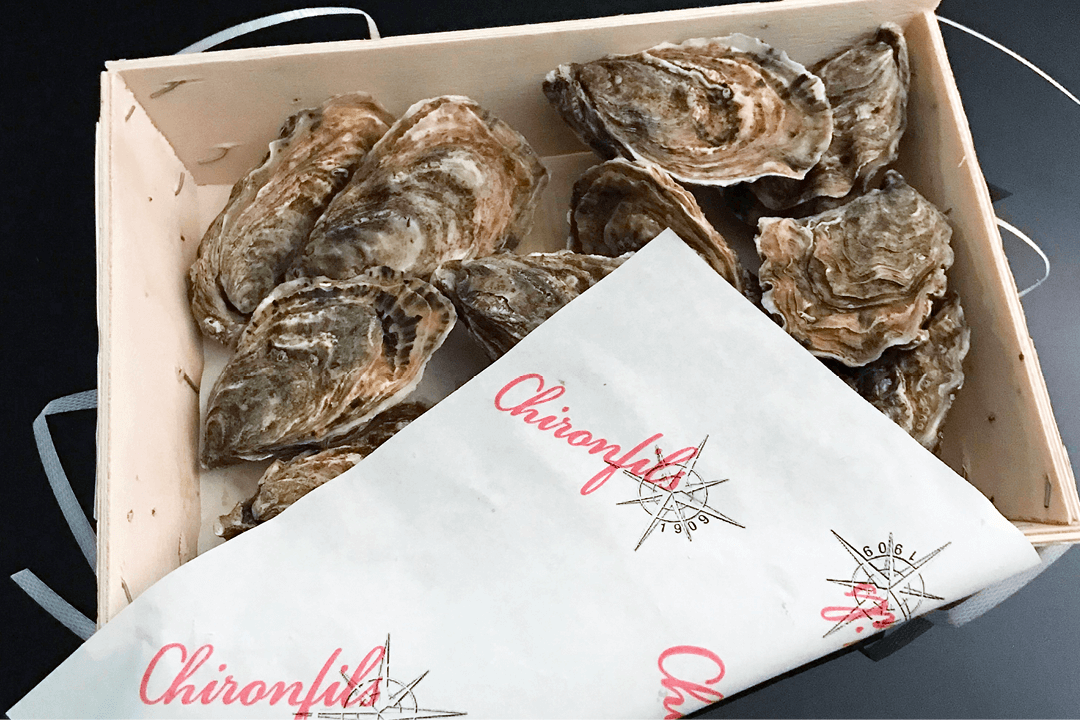INTERESTING FACTS ABOUT THE OYSTER
The oyster has a small but dedicated fan base. There are some reservations and many have simply never tried them. Time for a first try or a second chance.
They are loved all over the world – albeit in different forms
The largest market for oysters is, how could it be otherwise, the People’s Republic of China. This puts Asia at the top of the list of oyster producers, followed by France, the USA, South Korea, Japan and Canada.
While in Asia the oyster is often poached, grilled or gratinated, or integrated into pancakes, sauces or soups, in Europe people prefer to eat the oyster fresh, straight from the shell.
Fresh oysters were already served as an appetizer in ancient Greece and Italy. Caesar loved oysters and, according to legend, had oysters transported to Rome from what is now Ireland and France.
However, the couriers had to hurry, as oysters can live for up to 11 days after being taken out of the sea water, but need a temperature of 2 to 7 degrees Celsius to do so. They also need a humid climate.
The decorative chipboard sales boxes, often filled with algae or seaweed, or a damp cloth that you see in fish counters, as well as the appropriate temperature are suitable conditions.
Thanks to modern logistics, the oysters usually reach local retailers just two days after being harvested.

Paris © 2025
Oyster purists
The purists among oyster lovers like the oyster pure and prefer to slurp it straight from the shell, which the chef or seller has expertly opened beforehand.
This is the best way to taste the sea and the plankton, close your eyes and you’re in Brittany or Scotland.
For many, this includes a squeeze of natural lemon. For reasons of taste and to determine whether the oyster is actually still alive, as the edge of the oyster contracts briefly when it comes into contact with the lemon juice.
However, experts are skeptical about this “test”. And we have used it ourselves several times without success. We still got the oysters, albeit with a slightly queasy feeling.
Stage three is the vinaigrette made from red wine vinegar, finely diced shallots, a little lemon juice and some mustard. The next step up is Worcester sauce. At this point at the latest, the question arises as to whether you have ordered oysters because of their specific taste or for other reasons.
For all other forms of presentation, such as gratinated or with exquisite foams, you need an excellent chef, then the result is formidable.

Oyster – A Gastronomic History with recipes by Drew Smith
Oyster connoisseur
There are over 100 oyster species worldwide. Only a few of these are now farmed in Europe. The species richness of European oysters has been severely decimated by various environmental influences, ranging from harmful ship varnishes in the past to the introduction of pesticides and herbicides from agriculture, other environmental pollution and pests.
As a result, Europe is now dominated by the invasive, much more resistant Pacific oyster.
Harmful marine varnish is now banned, many environmental toxins have been reduced and the water quality in oyster farms is strictly controlled. Nothing stands in the way of enjoyment.
It is therefore worth being able to distinguish at least the most common types of oyster in Europe, and now also oyster brands:
FInes de Claire
In Europe, this rockfish usually comes from Normandy or Brittany. They are stored in the local “claires”, the growing basins or growing canals, for ripening. It is relatively inexpensive and therefore widely available. Spéciales de Claire remain in the vats for a few months longer and have a more intense flavor.
Bélon
Oysters that have been refined in the waters of the French river Bélon(Brittany) may bear the name Bélon. This rather roundish oyster grows more slowly and is somewhat finer in taste and therefore more sought-after, which is reflected in a higher price.
If the European round oyster originates from England, it can be found on menus under the names Colchester or Galway (Ireland) and Loch Fynn(Scotland).
Gillardeau
This oyster comes from the south-west of France and was given its name by the Gillardeau family business. It is meatier than the Bélon and is in the mid-price range.
Chironfils
Chironfils is another traditional company, also from the south-west of France, which has managed to establish its oysters and other seafood on the market under the Chironfils brand name. The company has been producing oysters in the Marennes-Oléron basin since 1897 and is now in its sixth generation.
Sylt Royal
Sylt knows a thing or two about marketing. The oyster from the North Frisian Wadden Sea off the island of Sylt, whose cultivation was resumed in 1986 after many years of interruption, bears the name Sylter Royal. This is also a rather meaty oyster compared to the flat Bélon.
Of course, there are also delicious oysters in Europe from the Netherlands (Zeeland) or Belgium (Oostende or Blankenberge).
Oyster bars are experiencing a renaissance again and again. One of the most famous, the Grand Central Station Oyster Bar in New York, celebrated its 111th anniversary in 2023. Relatively unpretentious, the greatest pleasure there is reading and tasting the signs at the bar with the day’s fresh oyster selection.
Small and fine
It is also worth knowing the size of the oysters. In Europe, oysters are numbered from 1 to 5: the higher the number, the smaller the oyster. While oyster no. 0 can weigh around 150 grams, oyster no. 5 weighs around 50 grams.
A good restaurant will list the origin, variety and size of the oyster on the menu.
In Asia, you can often find much larger oyster specimens. Makes sense if you want to cook with them, less so if you want to eat them raw.
It is a matter of taste
Someone who does not like the taste of an oyster will not be convinced by these arguments. For oyster lovers, on the other hand, it is good to know that oysters are full of minerals and contain high levels of zinc and iron.
Different countries love different drinks with oysters: in France, a glass of champagne goes well with oysters and the fact that oysters are appreciated all year round, but are especially popular at Christmas and New Year’s Eve.
A glass of white wine is usually served with the oyster. Many white wines have a hard time with the specific taste of oysters. Connoisseurs therefore recommend a glass of sherry.
In Scotland, people love a glass of whisky with an oyster, in Ireland it can be a Guinness and in Normandy a Calvados with an oyster.
It depends on whether you see the oyster as a main course and enjoy trying your way through different types of oysters in an oyster bar or whether the oyster is the prelude to a multi-course meal. In the latter case, the oyster can also exist without an accompanying drink.

Paris © 2025
Oysters were not a luxury item in earlier centuries. On the contrary. While the men of the famous oyster village of Cancales were out fishing for cod for months on end, the oysters were shucked from the rocks by children and women and eaten as a cheap and highly nutritious food.
In earlier times, when oysters were still found in large quantities on many coasts, they were served free of charge in English pubs in order to attract customers and increase beer consumption.
The months with “r”
Many people still remember the old rule of “oysters in a month with an r”. The colder months of the year used to be important, when the logistics chains from harvest to table took even longer.
Nowadays, this rule can no longer be applied in general. Climate change has led to warmer sea temperatures. In extreme cases, this means that oyster production is temporarily halted and resumed as soon as the water temperature drops. However, these are exceptional cases and the oyster producers themselves ensure a high level of quality control to protect their loyal customers.
#Advertising #Product placement #Independent recommendation
Photographs © GloriousMe




